Notes are crucial to learning. With effective note-taking, you can break down complicated concepts into easily digestible chunks. Taking handwritten notes during discussion helps you organize information that is crucial to your learning.
This way, when you are studying for an exam or preparing for your next lesson, you know what keywords to focus on. Your notes can also let you see the topics discussed, so it's easy to get back to it and ask your professor if anything needs clarification.
So, how can you take good notes to help you learn better? Read on to find out more.
Go Analog
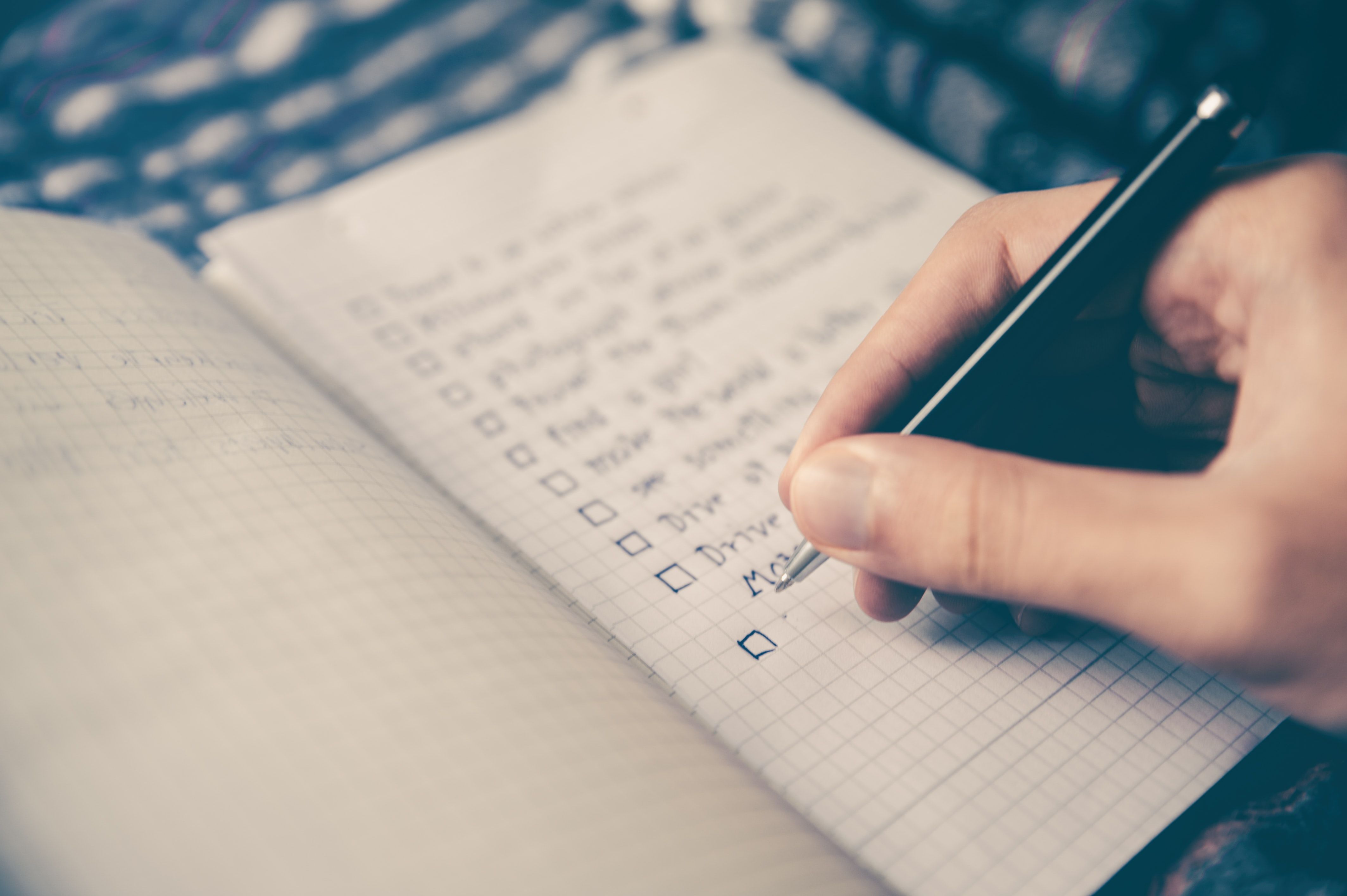
Typing your notes into your tablet or laptop can be tempting as we transition to a digital world. There is a common misconception that we retain more information because we can type faster than we can write, but a study by Pam Mueller from Princeton and Daniel Oppenheimer from UCLA suggests otherwise.
Laptop note-taking is detrimental to learning because the listener tends to write it down word-for-word. Because you typically type faster than you write, most tend to take verbatim notes. When this is done, the concept being discussed is simply being jotted down.
However, when you write by hand, you preprocess the information you're putting to paper. So the notes you have on paper have already been digested and framed in your own words. This gives you an edge over those who simply write the lesson on their laptop.
If you want to avoid the weight of multiple notebooks per lesson but have the advantage of getting preprocessed notes, a tablet is a good compromise. Make sure to use a stylus like the Apple Pencil, Samsung S-Pen, or Logitech Crayon to write, though.
You can then use optical character recognition apps to digitize your notes, making it easier for you to collate and study them.
Focus on Your Priority
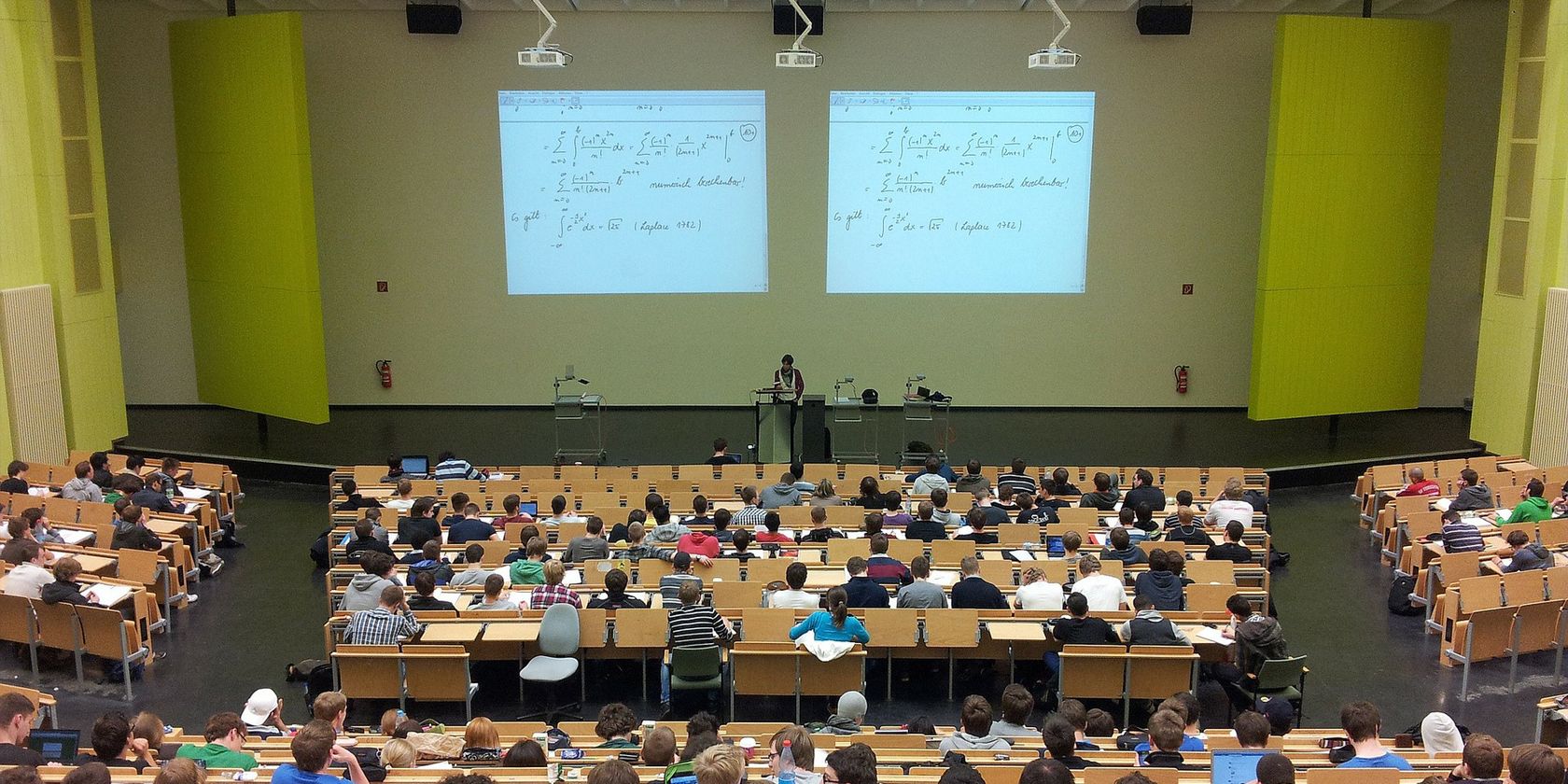
Listening to your teacher, following the slideshow, and processing and writing information simultaneously can be overwhelming. To help you take notes faster and better, a note-taking strategy you should execute is prioritization.
The first thing you should do is listen and understand. This is your primary role as a student. You then need to process and record the lesson being taught in your notebook. You can then look at your professor's presentation to guide you with your notes.
If you try to copy the slideshow verbatim, especially if your professor is simply reading off it to emphasize a subject, you might run into the problem of information overload. This is because listening, reading, and writing all at the same time can be too much for our limited focus.
Furthermore, most teachers would even allow you to have a copy of the slideshow. You could then use this as a reference and a backup to your notes later when you're studying. But you should still take notes, as this lets you absorb the information right at the point of discussion.
Take Notes in Outline Form
Sometimes, taking notes can be overwhelming if you're new to the topic. When you're at a loss on how to structure your notes, they can be confusing—which could end up distracting you from the discussion.
The best way to avoid this is to outline your notes. Don't jot down your teacher's words verbatim, since you wouldn't have enough time to get it all on paper. What you can do is divide your notebook page into two columns.
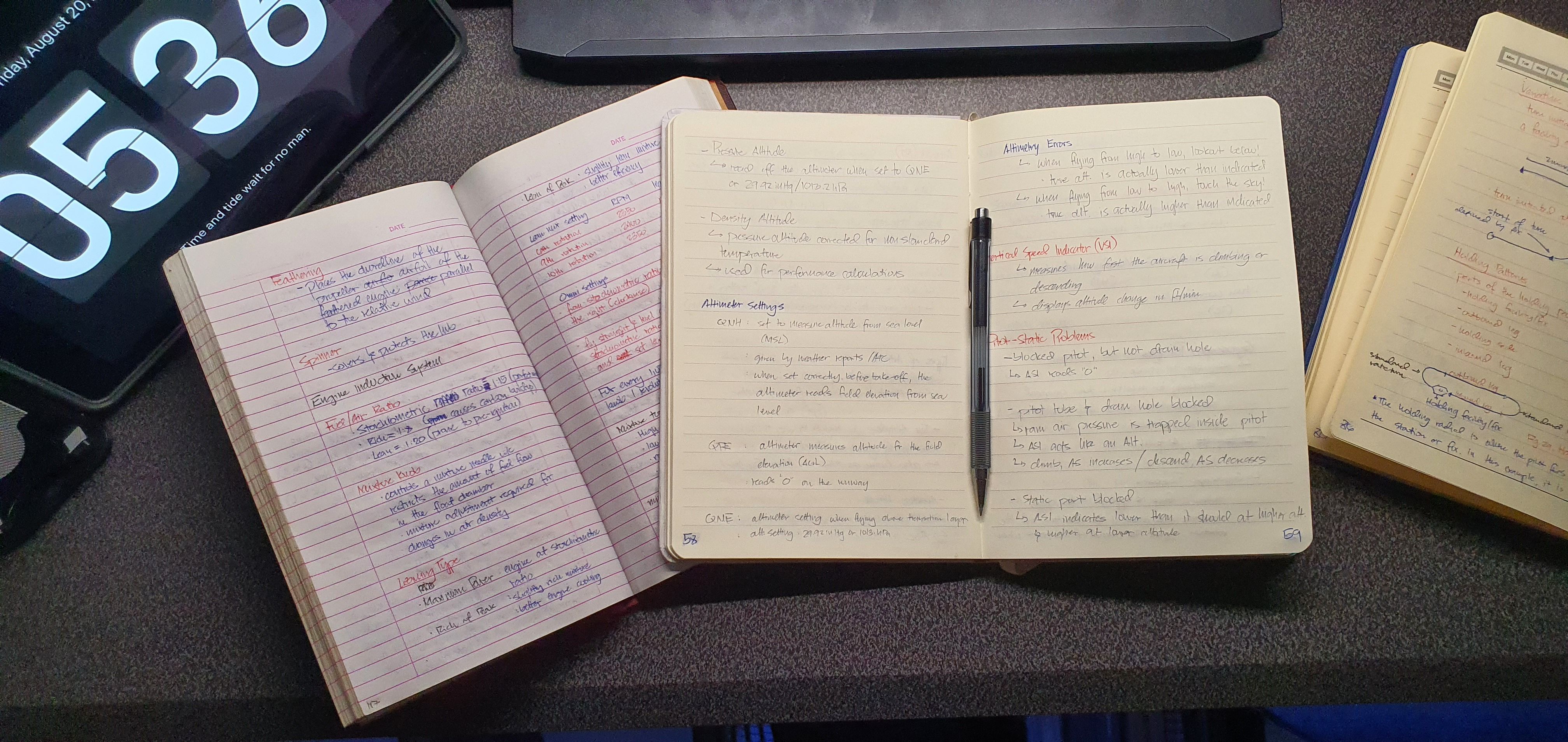
The first column is where you write down the general topic of discussion. In the second column, that's where you can put all the details of the first topic. This way, you could easily pinpoint which section of your notes talks about which topic.
You can also add a summary at the end of the lecture at the bottom of your notes. This allows you to have a quick overview of what you have learned. And if there are concepts you're not clear about, you can discover and clarify them immediately.
Use Your Creativity
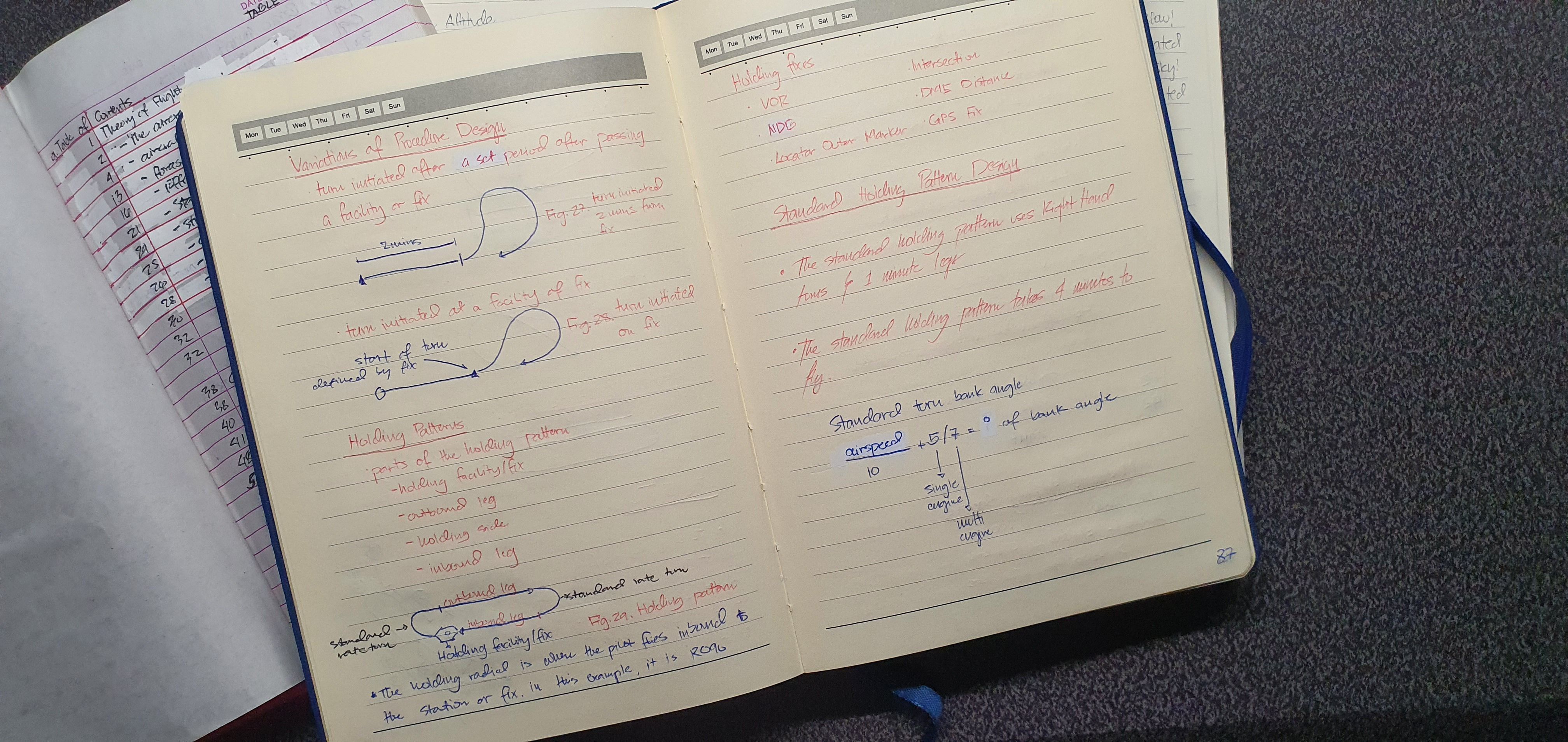
There are instances where words aren't enough. A diagram might better represent if you're talking about advanced concepts, like movement or location. And even if you're not a good artist, a rough sketch is better than a ton of words.
With a drawing, you could at least understand the concept better. It will also give you a better idea of what you're looking for if you're studying books and other sources when preparing for an exam. And in case you want to rewrite your notes on an app, it is easier for you to add annotations to pictures you include in your reviewer.
Rewrite Your Notes
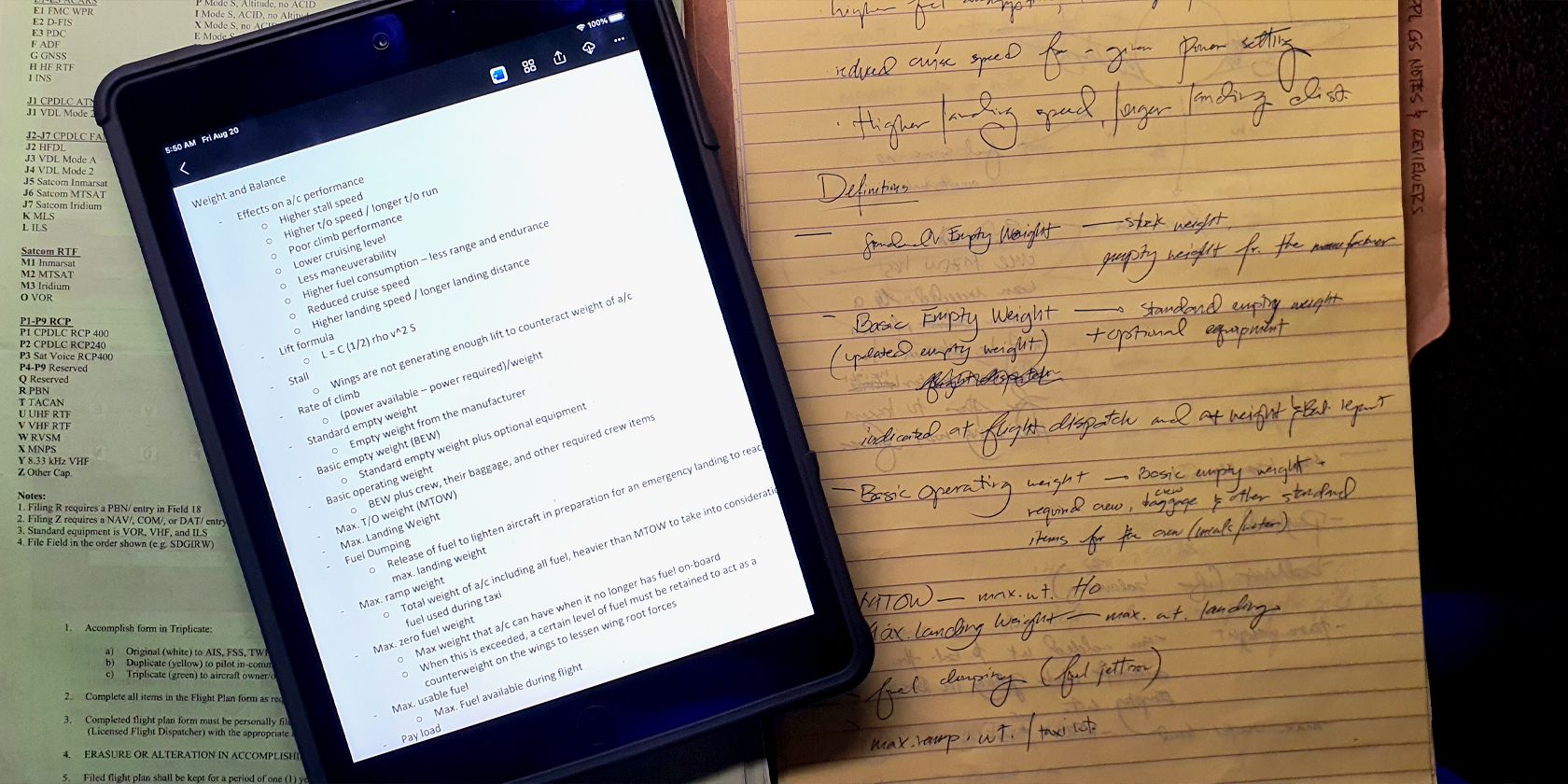
The primary purpose of good note-taking methods is for you to learn and understand advanced concepts. And learning does not happen during the lecture itself. Instead, it's a process where you read and reread the knowledge and ideas explained by your teacher.
So at the end of the day (or of the week), you should rewrite your notes. There are many ways of doing this, but one effective approach is to jot down your notes on a piece of paper during the lecture. Rewrite it in your notebook, using multicolored pens to emphasize topics and essential concepts, when you get home.
Another way to do this is to put them down in note-taking apps. This way, you can effortlessly search and browse through them if you're looking for specific terms and concepts. It's also easier to keep a copy of your notes and access them anywhere on any device if you save it online.
Note-Taking Skills Can Help You Excel
When you're in school, it's never enough to just listen to your professor. After all, the human mind can only absorb so much information in a given period. And if you don't write down what you're learning in class, you would just as easily forget them.
Good note-taking skills will let you focus on the lesson at hand while keeping a record of the most important concepts. So when you go over the topic in your own time, you already have a guide that will let you better navigate even the most advanced ideas.
0 Comments